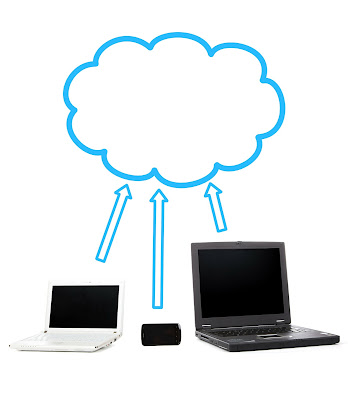What is Computer Network, types, advantages and components of network?
A computer Network is a group of computers and peripheral devices, connected through a data communication system. A computer network faciliates the sharing of hardware and software resources among different users working on different computers. A computer network is a interconnection of geographically distributed multiple computers in such a way that meaningful transmission and exchange of information become possible among them. In easy terms, a computer network is a number of computers interconnected by one or more transmission paths.
Advantages of Network
The key advantages of networking are:
- Hardware Sharing
- Software Sharing
- Reduces Redundancy
- Saves Paper and Time
- Internet Sharing
- Security
Do you know?
Components of a Computer Network
A network is a group of a computers connected together for the purpose of sharing data with one another. The various parts of computer network are as follows:
1. SERVER: A server is a powerful computer or a series of computers with high speed and great processing capability.
2. CLIENT: A client is a computer system which uses a network to access a remote service from the server. A client is also known as node.
{ HOSTS (Computer, Laptops etc.): The first and foremost requirement in establishing network is the computer or laptop on the side of both Sender and Receiver. }
3. NETWORK INTERFACE CARD (NIC): A network card, network adapter, or NIC is a piece of computer hardware designed to allow computers to communicate over a computer network. The NIC identifies every single node in a network by providing a unique physical address to it. This address is stored on the chip which is mounted on the card.
4. ETHERNET CABLE: Ethernet cables connect network devices such as modems, routers, and adapters. An Ethernet cable runs from each NIC to the central switch or hub. click here to known more about softwares
5. HUB, SWITCH OR ROUTER: Hubs, Switches and routers are devices responsible for linking all of the network's Ethernet cables at a central location and directing traffic to the other devices on the network, such as the cable or printer server.
6. MODEM: Modem stands for MOdulator DEModulator .
There are two types of modems:
- Wireless modem: A wireless modem connects the computer to a wireless network instead of a telephone system.
- Cable modem: A cable modem provides data communication through a device that remains outside the computer and is connected with wires. It connects to the Internet using a broadband access through a telephone line.
Types of Network
There are four basic types of computer networks:
- Local Area Network (LAN): LAN is used when two or more computers are connected within a small area like a room or a office. The number of computers in a LAN varies from 2 to 1000 and the maximum range of LAN can be of 10 kilometers.
- Wide Area Network (WAN): When two or more computers located at faraway places, linked by communication facilities like satellite signals. Telecom System is the most common example of WAN network.
- Metropolitan Area Network (MAN): MAN is is much larger than a LAN setup and is spread across a city. The maximum range of MAN network can be 50km. Cable Television Network is an example of Metropolitan Area Network.
- Personal Area Network (PAN): A network which is used for communication among computers and different information technological devices close to each other is called Personal Area Network or PAN. Printers, scanners, telephones are examples of PAN. PAN can include both wired and wireless devices.










Comments
Post a Comment
Please do not enter any spam link in the comment box.